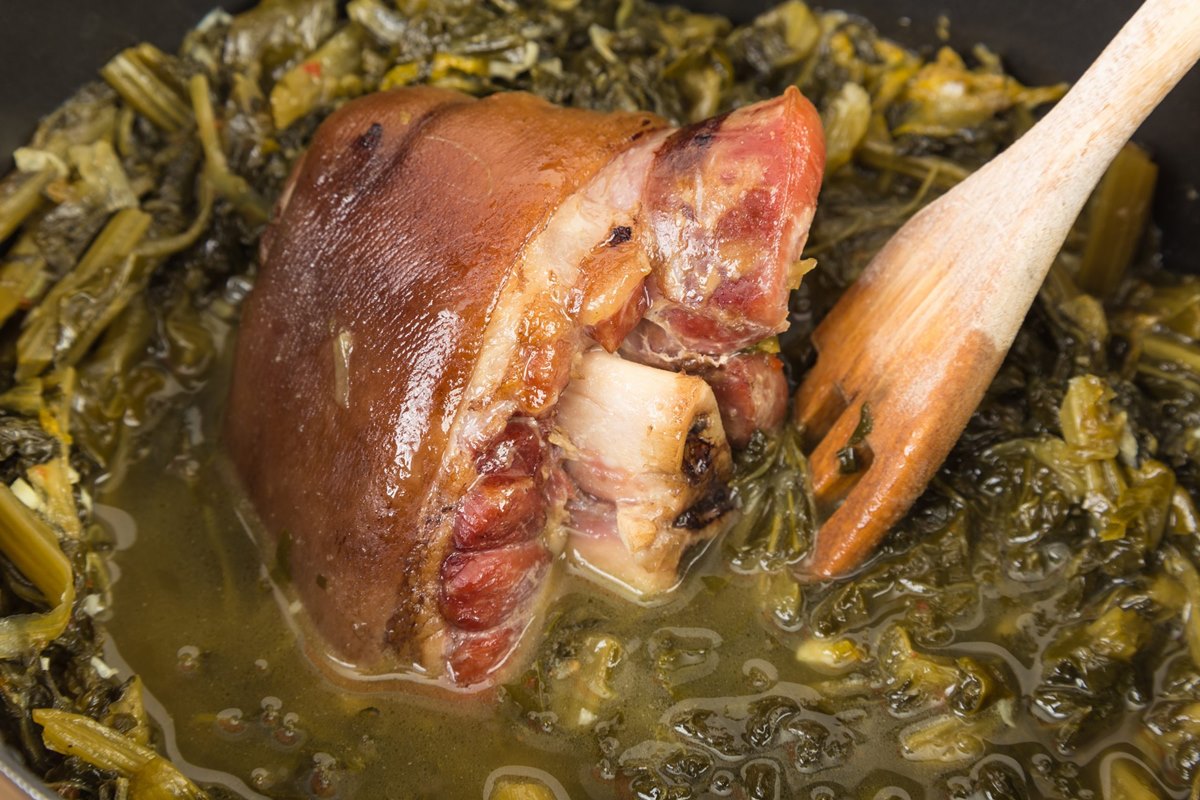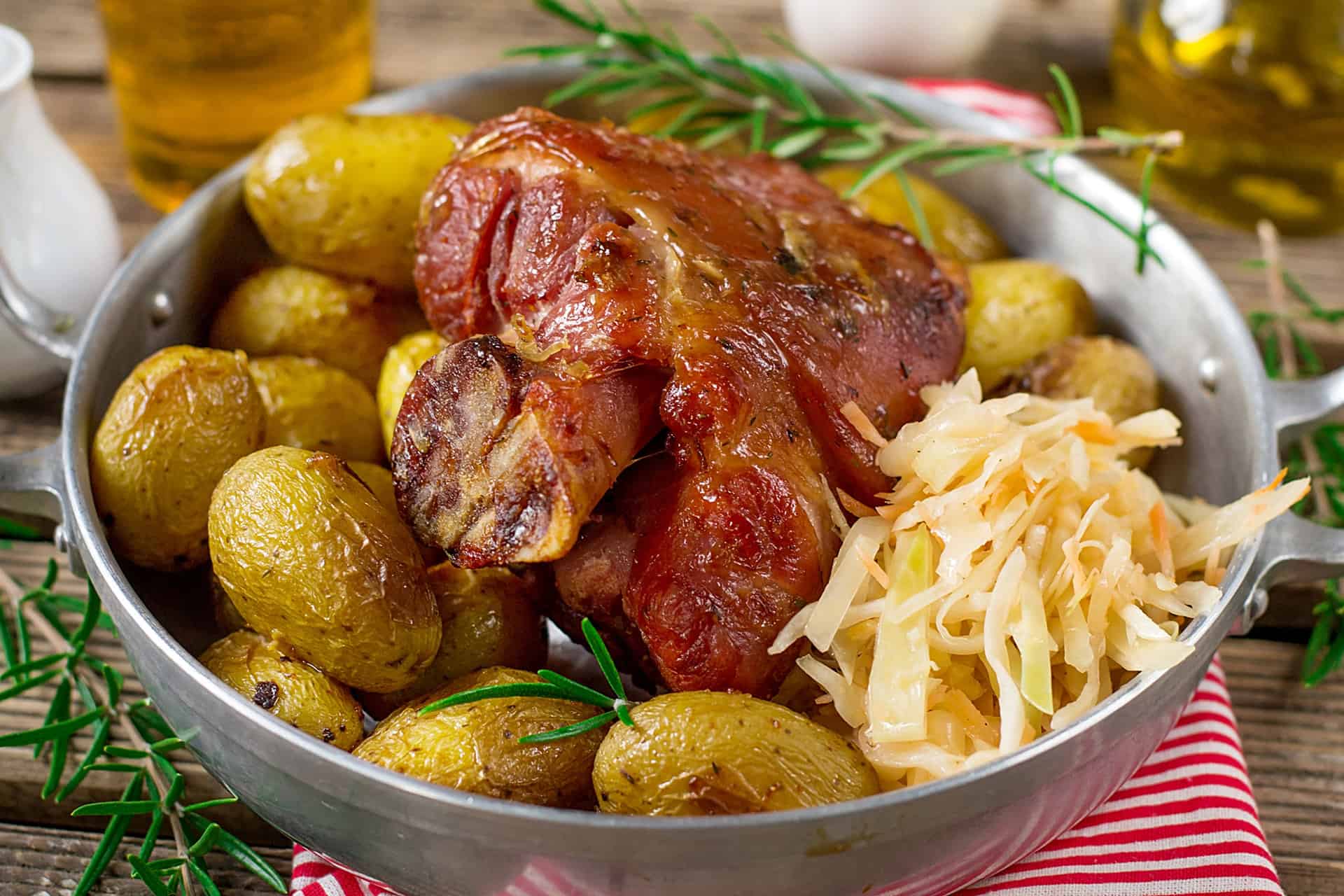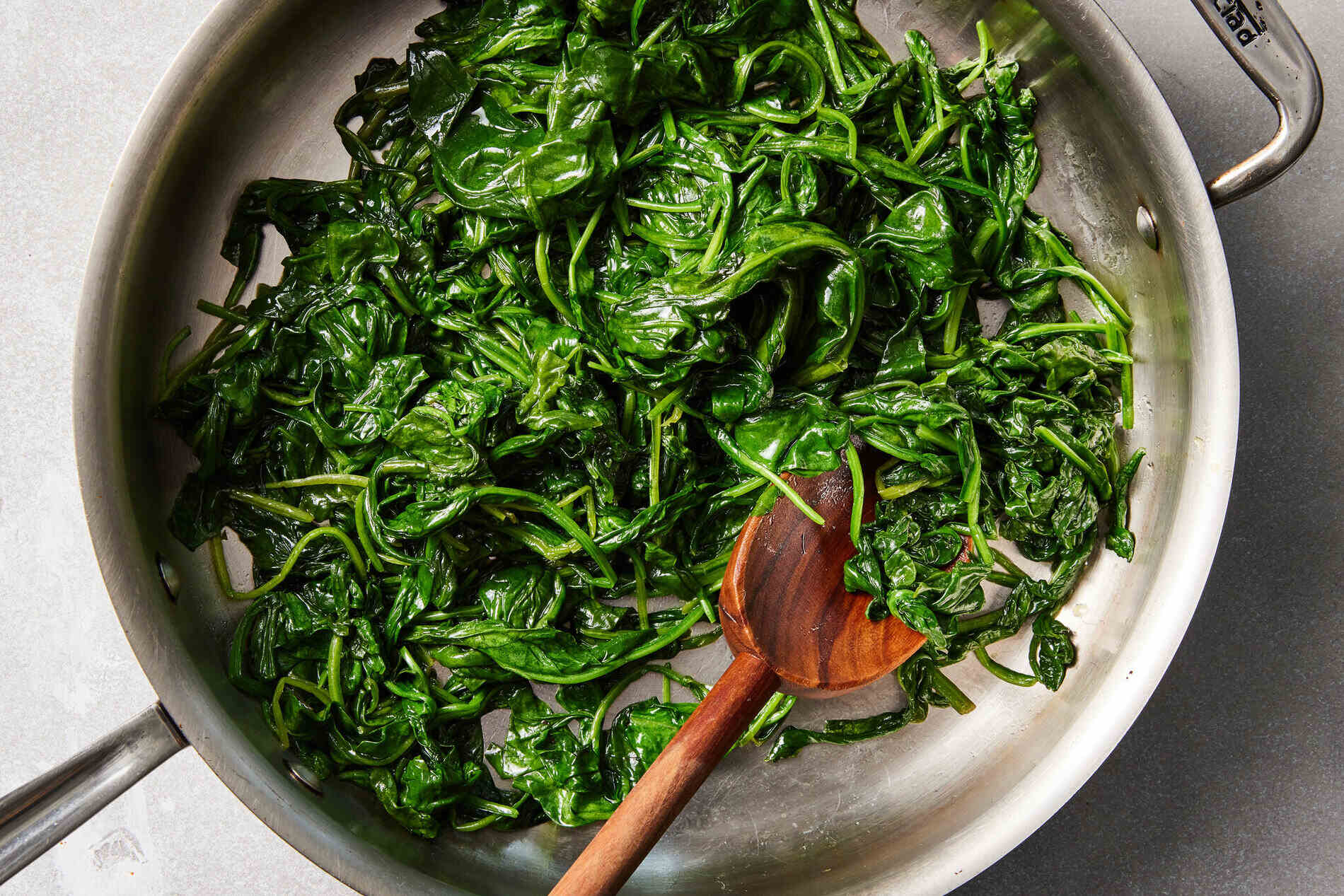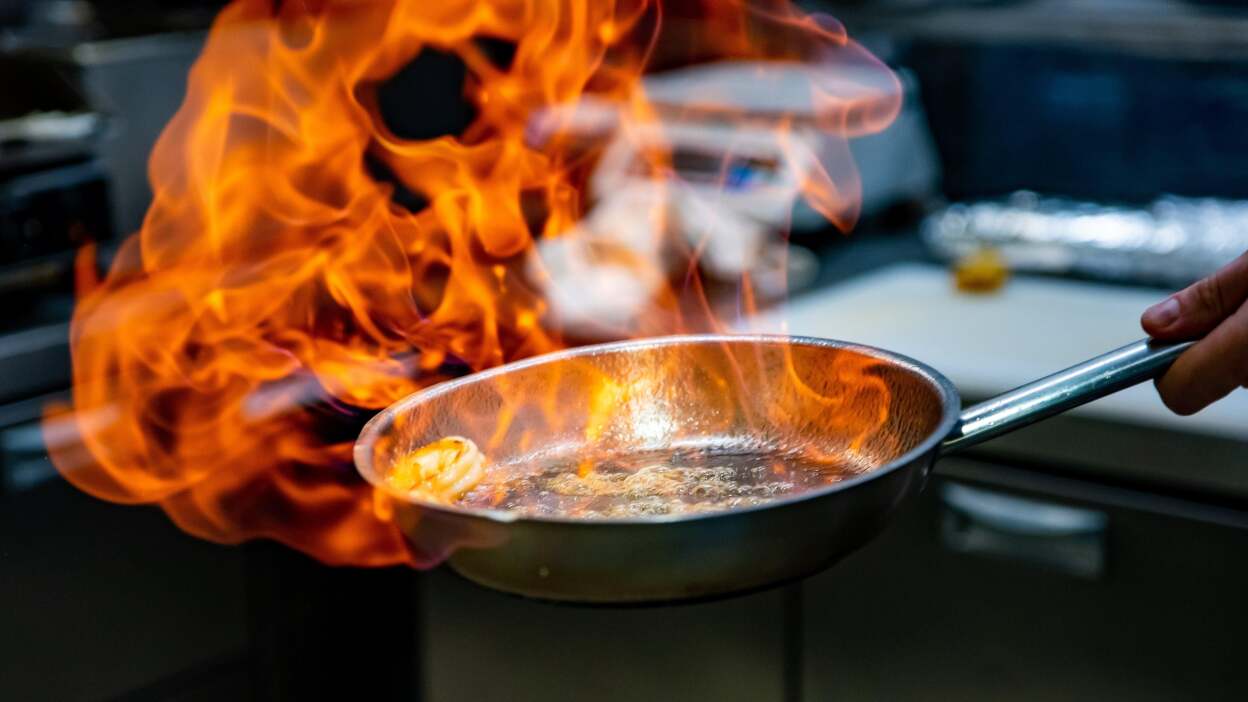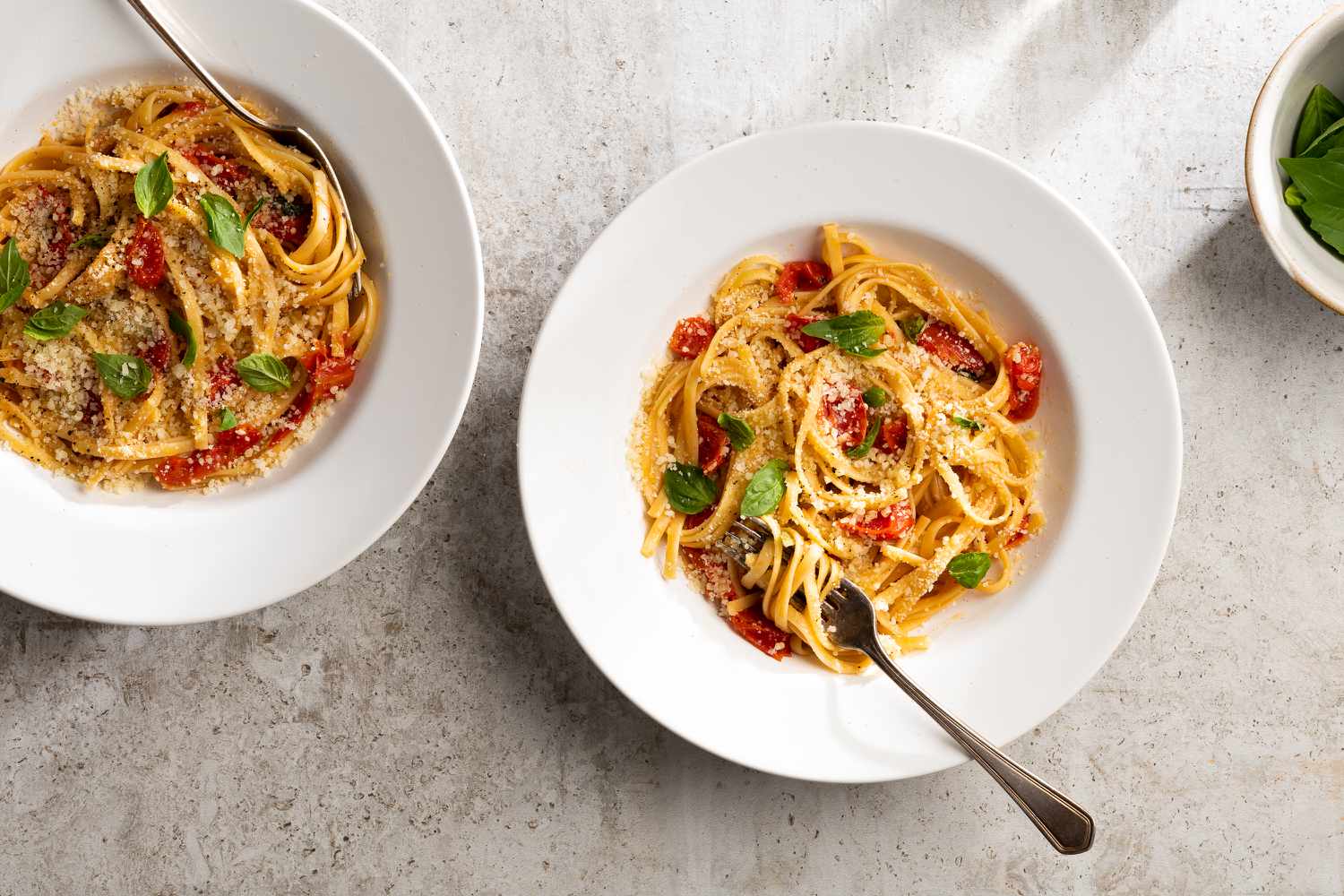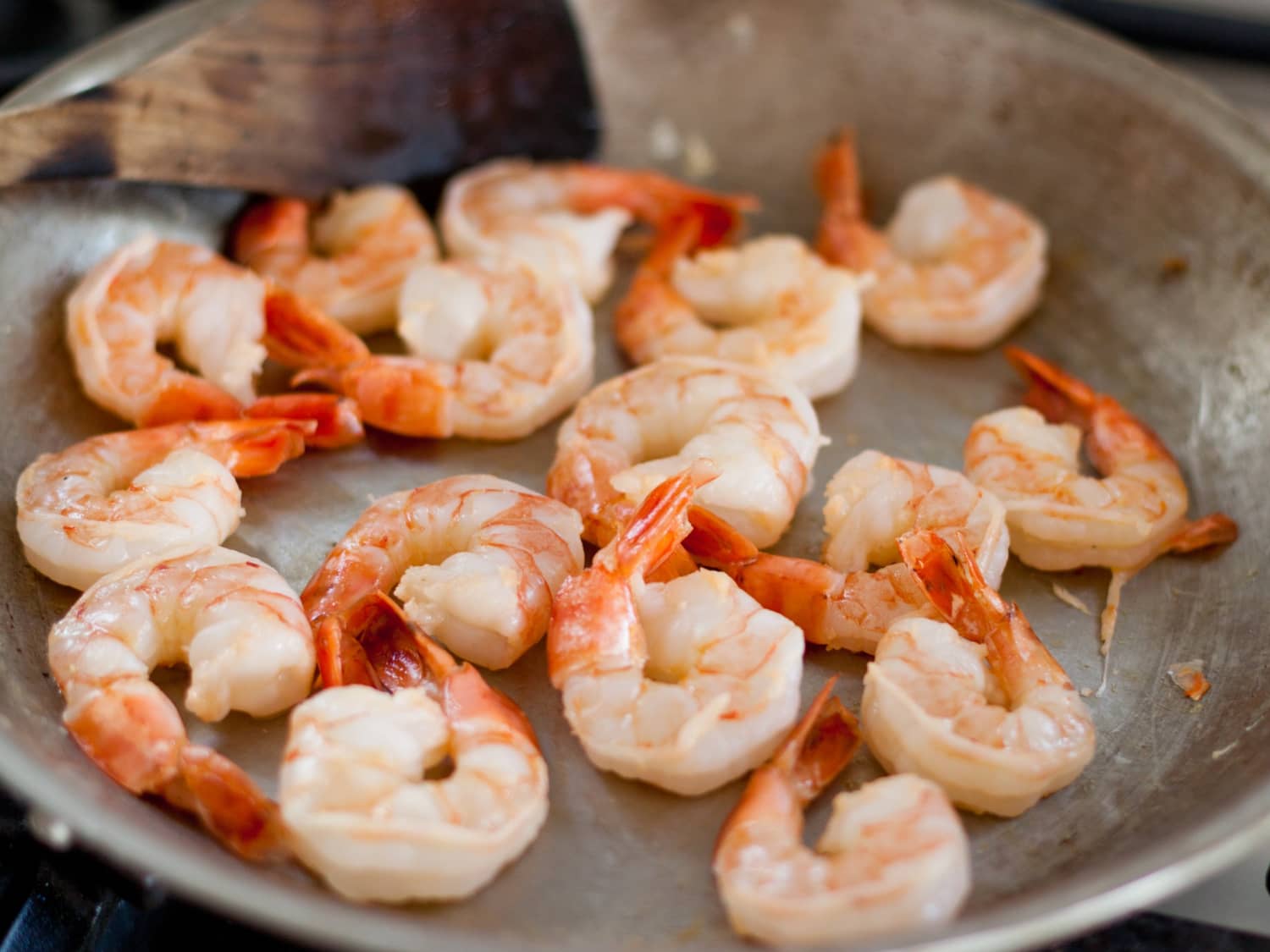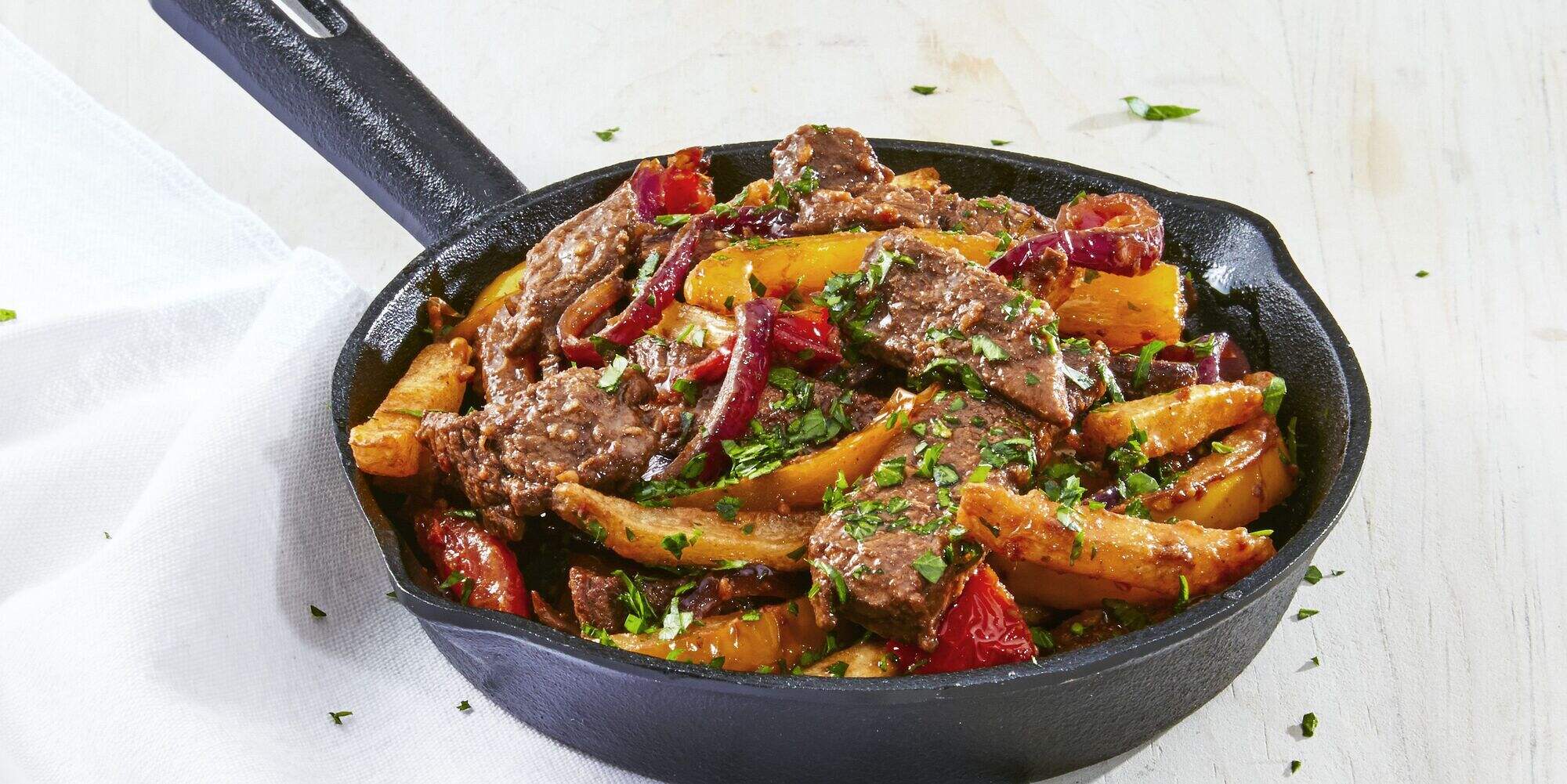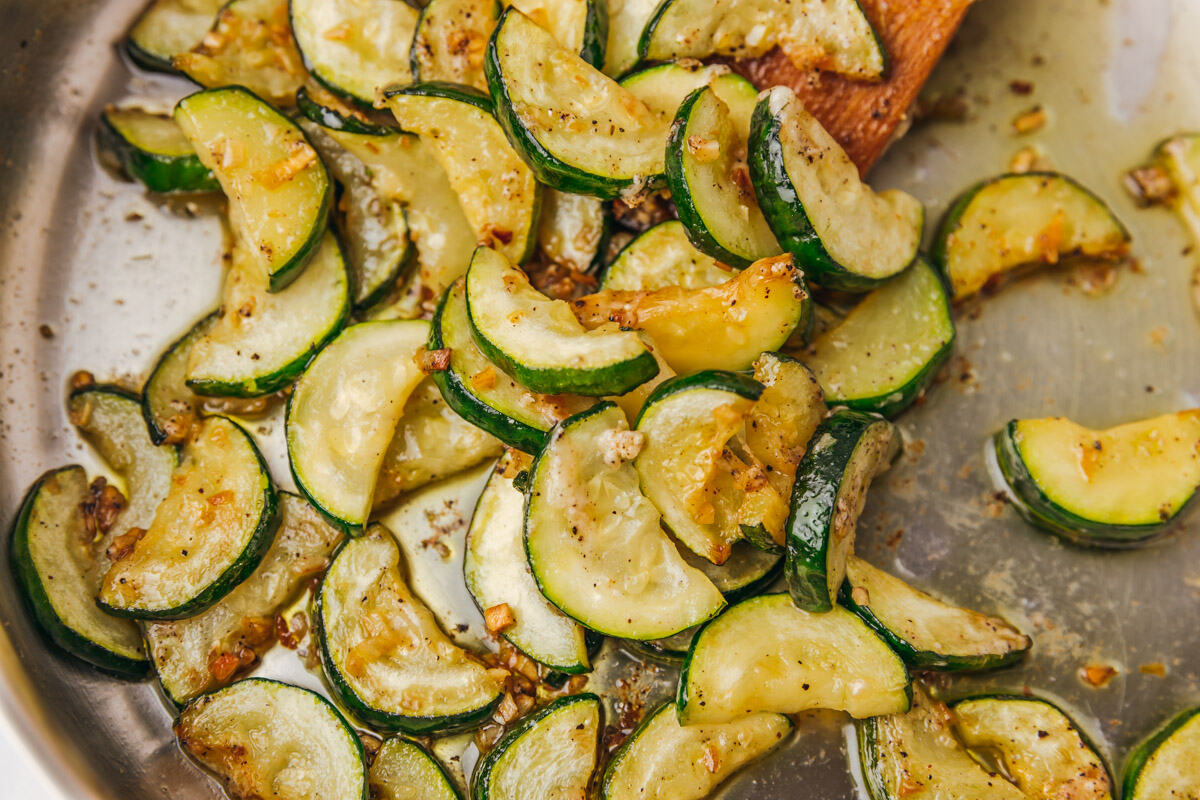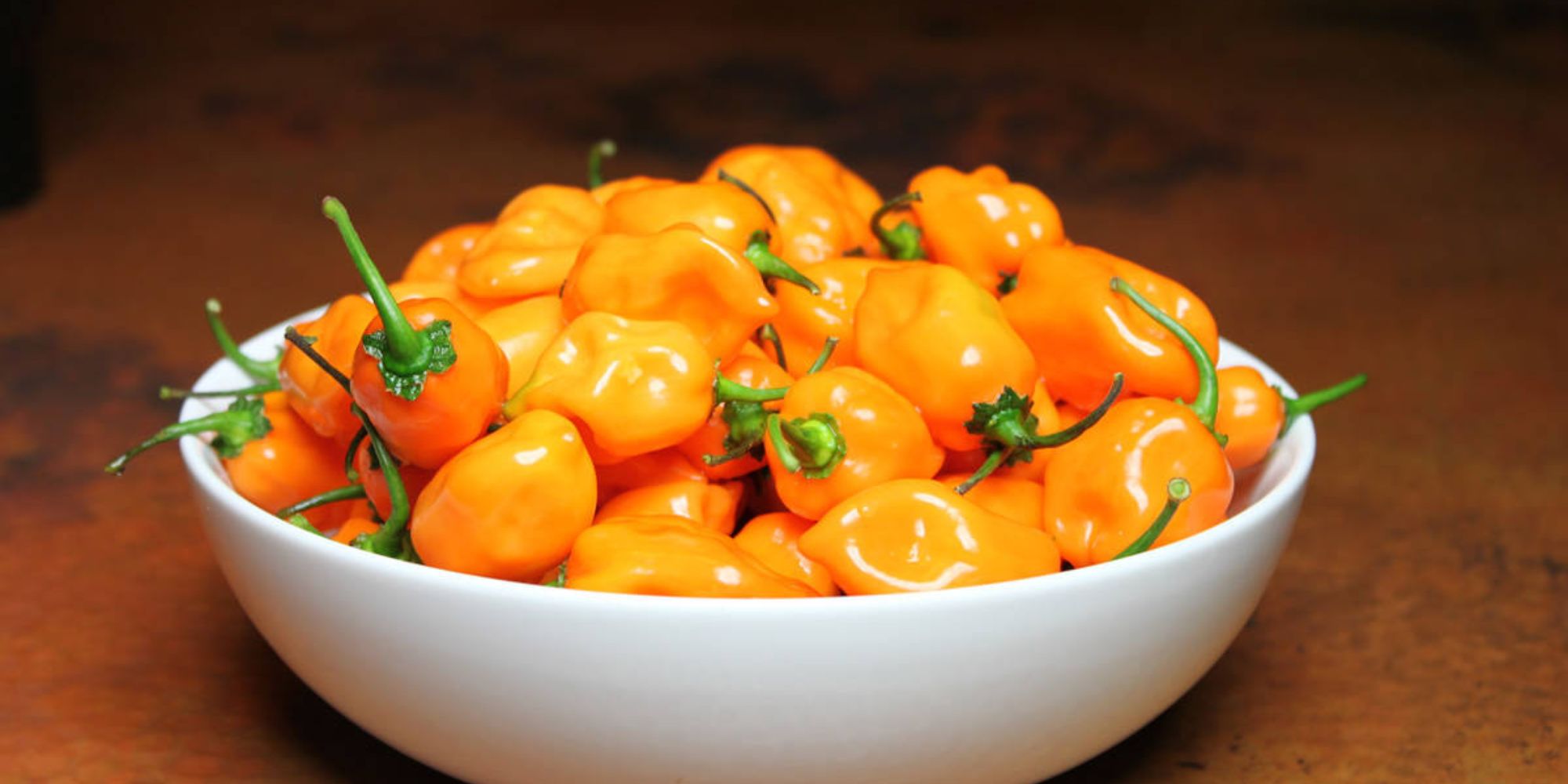Easy and Delicious Way to Saute Ham
Looking for a quick and tasty way to enjoy ham? Sauteing ham is a simple and flavorful cooking method that can be used in a variety of dishes. Whether you want to add it to a breakfast scramble, a pasta dish, or a stir-fry, sauteed ham can elevate the flavor of any meal. Here’s a step-by-step guide on how to saute ham to perfection.
Ingredients You’ll Need:
- Ham slices or cubes
- Olive oil or butter
- Seasonings of your choice (such as black pepper, garlic powder, or paprika)
Step 1: Prepare the Ham
Before you start sauteing, make sure your ham is cut into slices or cubes, depending on your preference. If you’re using a large ham steak, you can slice it into smaller pieces. For ham cubes, ensure they are evenly sized for even cooking.
Step 2: Heat the Pan
Place a skillet or frying pan on the stove over medium heat. Add a tablespoon of olive oil or butter to the pan and allow it to heat up. The fat will help prevent the ham from sticking to the pan and add flavor to the dish.
Step 3: Add the Ham
Once the pan is hot, carefully add the ham to the skillet. Arrange the slices or cubes in a single layer to ensure even cooking. Be cautious of any splattering as the ham hits the hot oil.
Step 4: Season the Ham
Sprinkle your choice of seasonings over the ham. Black pepper and garlic powder complement the natural flavor of the ham, but feel free to get creative with your favorite spices. For a hint of smokiness, a dash of paprika can work wonders.
Step 5: Saute the Ham
Using tongs or a spatula, gently toss the ham in the skillet to ensure that it cooks evenly on all sides. Saute the ham for 3-5 minutes, or until it develops a golden brown color and a slightly crispy exterior. Avoid overcooking, as this can lead to dryness.
Step 6: Serve and Enjoy
Once the ham is cooked to your liking, transfer it to a serving dish. Sauteed ham makes a delicious addition to omelets, pasta dishes, fried rice, or simply enjoyed on its own. The possibilities are endless!
Now that you know how to saute ham, you can easily incorporate this flavorful ingredient into your favorite meals. Whether you’re cooking for breakfast, lunch, or dinner, sauteed ham adds a savory touch that’s sure to please your taste buds.
So, the next time you’re looking for a quick and delicious way to enjoy ham, consider sauteing it for a simple yet satisfying meal.
For those looking to master the art of sautéing ham, there are a few standout recipes to try that will hone their skills and impress their taste buds. Start with Ham and Vegetable Stir-Fry for a quick, colorful dish loaded with fresh veggies. Then, move on to the Sauteed Ham and Potato Hash, which is perfect for a hearty breakfast or brunch. If you're a pasta lover, the Sauteed Ham Carbonara Pasta offers a creamy, comforting option that's sure to please. For a lighter, yet equally delicious meal, try the Sauteed Ham and Spinach Frittata, which combines the richness of ham with the earthiness of spinach. Lastly, don't miss out on the Sauteed Ham and Mushroom Alfredo, a decadent dish that pairs the savory ham with creamy Alfredo sauce and earthy mushrooms. Each of these recipes provides a unique way to enjoy sautéed ham while improving your cooking skills.
